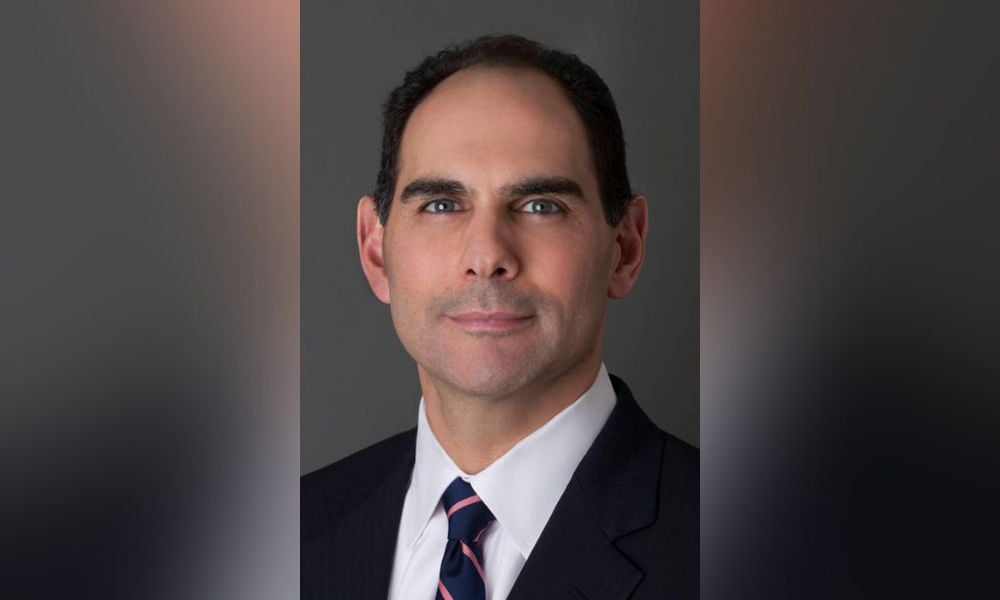"It's been a phenomenal 12-month period," one REIT portfolio manager tells MPA

Amid higher mortgage rates and soaring property values – not to mention continuing market uncertainty and the strong likelihood for further inflation – the outlook for investment opportunities may appear bleak. Not if one’s portfolio is in the multifamily sector, however, according to an industry veteran.
Al Otero (pictured), portfolio manager at Armada ETF Advisors, spoke to Mortgage Professional America about the robust sector – which has been the beneficiary of the rising affordability gap in the housing market. Otero has worked in the REIT space for 30 years.
“It’s been a phenomenal 12-month period if you go back really to the summer of 2021,” Otero said. “From a seasonal perspective – we do a lot of our annual apartment leasing between May and August – that’s really where these guys make or break their years, is during those important spring and summer leasing seasons. We started to see things pick up last year as regions of the country came out of the pandemic, and it just perpetuated through the end of last year into the start of this year.”
There’s a reason why multifamily is the darling of investors, he noted: “When you think about the apartment industry, one of the reasons why it’s so loved by institutional investors in terms of buying assets directly and so loved by real estate private equities – the Blackstones and Starwoods of the world – is because it’s an all-weather asset class. It tends to do extremely well in good times, and it holds up and turns out to be pretty recession-proof in the bad times,” he said, referring to the investment firms Blackstone Inc. and Starwood Capital Group.
Indeed, the apartment sector has benefited from the sluggish housing market, yielding the economics of renting a housing unit to far outweigh the cost of homeownership. One apartment REIT reported during a recent earnings call that the rent proposition in their portfolio was 50% cheaper than owning a home in their respective markets.
Read more: REIT investment touted amid housing shortage
As a result, increased rental demand places residential landlords in a unique position. They have higher overall occupancy rates, retention rates and the ability to pass inflation costs on to the renters vis a vis higher leases. Consequently, rental income for REITs continues to rise, which should translate to higher dividend income payments to shareholders, Otero said.
Even the most corrosive economic effects of a pandemic weren’t enough to put too big a damper on the sector, he suggested: “Typically, we tend to see rent growth right around inflation,” Otero said. “If you go back pre-pandemic, it was in that 2%, 2.5% rental growth range. Maybe in a really strong market you’ll get to 3% and everybody would be fist bumping. But if you fast-forward to the current environment and kind of post-pandemic, we went through the period at the start and at the height of the pandemic where we were starting to see rent collections falter a bit obviously with folks losing their jobs, with rent moratoriums in place around the country – that was a bit of a hiccup for the apartment industry – but certainly nothing compared to what happened to hotels or office buildings. Compared to them, apartments breezed right through the pandemic.”
The sector continues to look bright, he said, noting REIT investors are keeping a close eye on the job market in assessing the sector: “We’ve been in an extremely vibrant environment,” Otero said. “The important numbers are jobs. We look at the monthly job data and look where unemployment is nationally and regionally to get a good feel.”
The winning streak continued through the second quarter of this year, Otero added. “We tend to put the apartment market into two buckets – coastal and the Sun Belt,” he said. “For REIT purposes, we have one or two companies that are a little more dedicated to the Midwest, but, realistically, it’s primarily the Sunbelt players and the coastal players. On a blended basis, rent growth in the second quarter was just about in line with the first at about 15% to 16% -- very, very strong rent growth. When we think of rent growth, we think of two factors. There are new leases – renting to that new college graduate, if you will, that new tenant – and then you have the renewal market. Those two combined have been in the mid to high teens for the last three quarters, right up to the second quarter – very, very strong numbers.”
Read next: New York City REIT posted increased revenue
Otero acknowledged the earnings season as a key barometer in judging the economic climate, as public companies reveal their net profits each quarter. “These companies tend to report earnings in the first week of August through the second week of August – primarily the first week of August, a couple in late July. But July was still very strong for these companies in terms of, again, these new lease numbers. The renewal numbers were very strong.”
Will this month fare as well? “August does start to slow down from a seasonal perspective, and we expect to see a little bit of that. But not as much as they were anticipating. Flash forward to the third and fourth quarters. Will we be off that 15% rent growth? I think we will, but we would still be in the 10% to 12% range, which is still very, very strong rent growth supported by jobs and occupancy level - which nationally is in the 96% range, which is really, really high occupancy.”
Take note, investors. Despite the current malaise of the economy, all is not lost.



